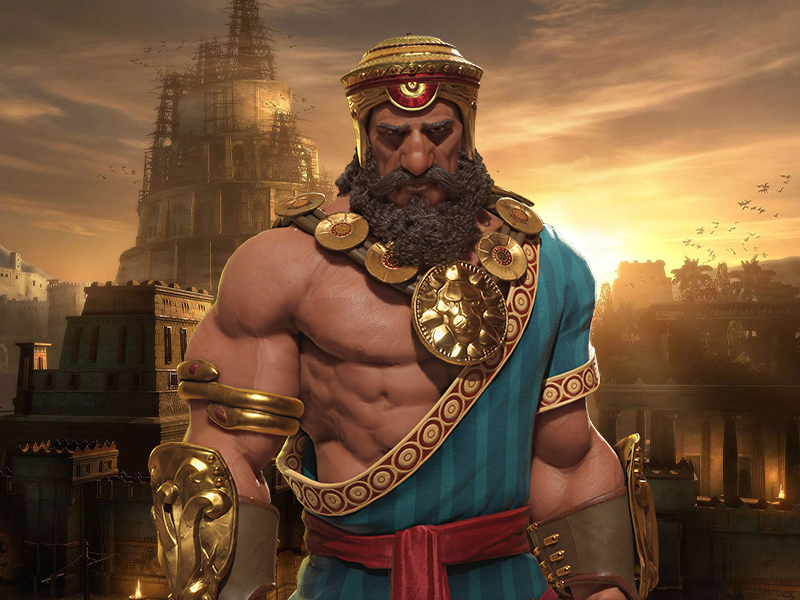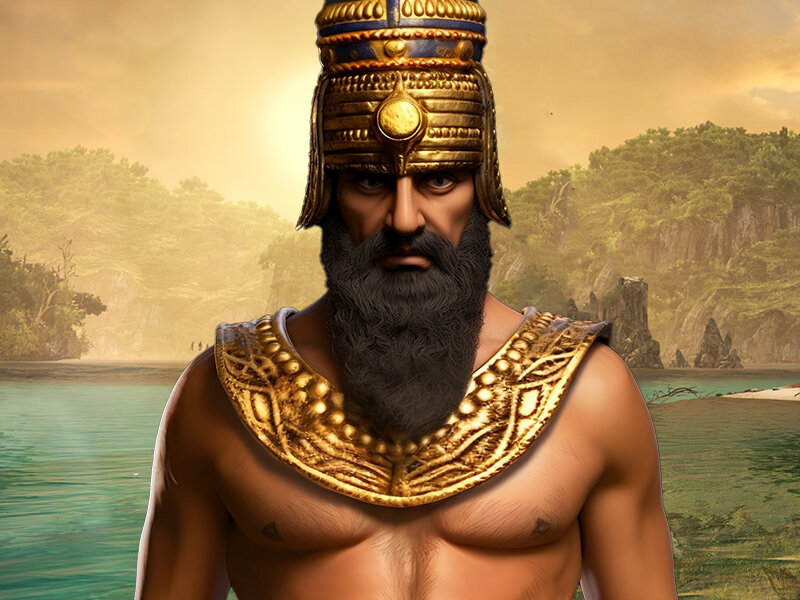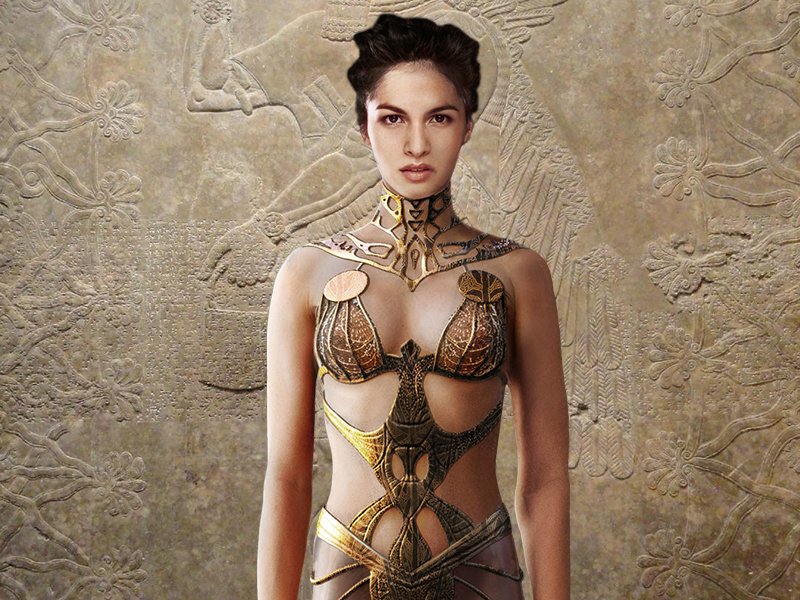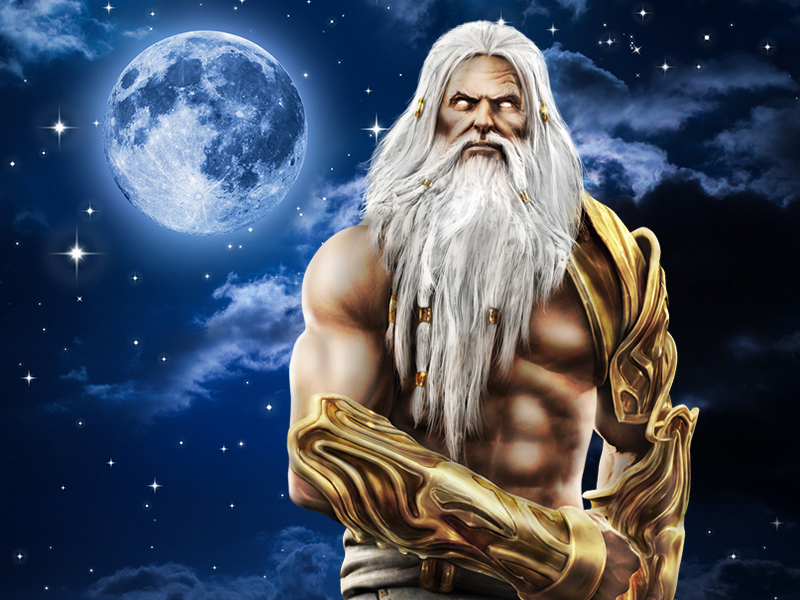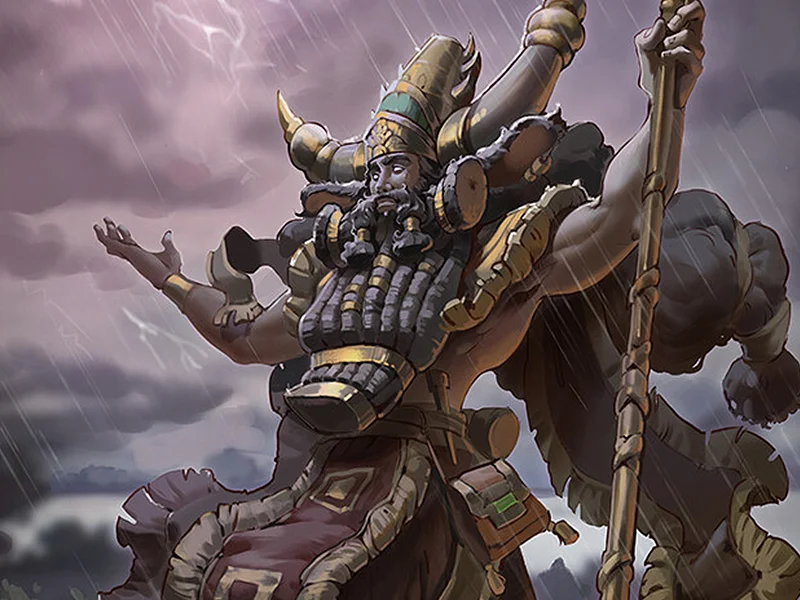La mitología sumeria comprende de una colección de antiguos mitos y leyendas de «Mesopotamia» escritas en tablillas de barro. Los sumerios eran politeístas donde nos cuentan que sus dioses eran demasiado humanos, teniendo relatos mágicos y épicas hazañas de héroes semidivinos. Entre los textos sumerios que han sobrevivido se encuentran también varias obras religiosas compuestas por Enheduanna, la hija de Sargón el Grande y la alta sacerdotisa del templo del dios de la luna «Nanna», así como la primera autora nombrada en la historia de la humanidad.
El sistema de escritura utilizado para registrar textos sumerios de todo tipo se conoce como cuneiforme, por su uso de un lápiz en forma de cuña para imprimir símbolos en tablillas de arcilla blanda. La palabra “cuneiforme” tiene sus raíces en la palabra latina cuneus, que significa “cuña”.
Este sistema, que se cree que es la forma de escritura más antigua del mundo, fue posteriormente adaptado en toda Mesopotamia por hablantes de lenguas como el acadio y el persa antiguo. Aunque un número incalculable de estas tablillas se han perdido por completo, miles de ellas han sobrevivido hasta el día de hoy. Sin embargo, muchas de las tablillas sobrevivientes han llegado rotas y, por lo tanto, incompletas, lo que ha ocasionado dificultades para traducir y reconstruir los textos que comenzaron a escribirse hace casi seis mil años.
Mitos sumerios
Los mitos sumerios explican cómo llegó a existir el mundo en primer lugar. Estos relatos establecen el orden cósmico, que coloca a los dioses Anunnaki, en la cima de la jerarquía junto con divinidades menores, los Igigi. Otras historias cuentan cómo algunas de las deidades menores llegaron a sufrir violaciones e incestos, esto puede verse en el poema sumerio de «Enki y Ninhursag».
Hay otras historias de divinidades que luchan contra las montañas, como por ejemplo: el dios Ninurta lucha contra el malvado Asag y reorganiza las montañas para permitir que el Tigris y el Éufrates fluyan. Mientras tanto por otro lado, la diosa Inanna derriba el monte Ebih en venganza por la negativa de la montaña al no reverenciarse ante ella. Los textos sumerios originales de estas historias son de naturaleza poética y a menudo contienen un número significativo de frases repetidas.
Dioses sumerios
Criaturas mitológicas sumerias
Bibliografía
- Wolkstein, Diane, and Samuel Noah Kramer. Inanna, Queen of Heaven and Earth: Her Stories and Hymns from Sumer. New York: Harper & Row, 1983.
- Sumerian Mythology: A Study of Spiritual and Literary Achievement in the Third Millennium B. C. Philadelphia: The American Philosophical Society, 1944.
- Gilgamesh and the Huluppu-Tree: A Reconstructed Sumerian Text. Chicago: University of Chicago Press, 1938.
- Lambert, W. G. Babylonian Creation Myths. Winona Lake: Eisenbrauns, 2013.
- Langdon, Stephen Herbert. Mythology of All Races. Vol. 5: Semitic. New York: Cooper Square Publishers, 1964.
- Sumerian Epic of Paradise, the Flood, and the Fall of Man. Philadelphia: University of Pennsylvania University Museum, 1915.
- Leeming, David Adams. The World of Myth: An Anthology. Oxford: Oxford University Press, 1990.
- Leick, Gwendolyn. Sex and Eroticism in Mesopotamian Literature. London: Routledge, 1994.
- A Dictionary of Ancient Near Eastern Mythology. London: Routledge, 1991.
- Meador, Betty De Shong. Inanna, Lady of Largest Heart: Poems of the Sumerian High Priestess Enheduanna. Austin: University of Texas Press, 2000.
- Pritchard, James B., ed. Ancient Near Eastern Texts Relating to the Old Testament. 3rd ed. Princeton: Princeton University Press, 1969.
- Black, Jeremy et al. The Literature of Ancient Sumer. Oxford: Oxford University Press, 2004.
- The Electronic Text Corpus of Sumerian Literature, Oxford 1998.
- Cohen, Sol. Enmerkar and the Lord of Aratta. PhD Dissertation. University of Pennsylvania. 1973.
- Cooper, Jerrold S., and Wolfgang Heimpel. “The Sumerian Sargon Legend”. Journal of the American Oriental Society 103/1 (1983): 67-82.
- Echlin, Kim. Inanna: A New English Version. Toronto: Penguin Books, 2015.
- Gadotti, Alhena. Gilgamesh, Enkidu, and the Netherworld and the Sumerian Gilgamesh Cycle. Boston: De Gruyter, Inc., 2014.
- George, Andrew, trans. The Epic of Gilgamesh: The Babylonian Epic Poem and Other Texts in Akkadian and Sumerian. London: Penguin Books, Ltd., 2000.
- Hallo, William W., ed. The Context of Scripture: Canonical Compositions, Monumental Inscriptions, and Archival Documents from the Biblical World. 3 Vols. Boston: Brill, 2003.
- Hooke, Samuel Henry. Middle Eastern Mythology. Baltimore: Penguin Books, 1963.
- Kramer, Samuel Noah. “The Sumerian Deluge Myth: Reviewed and Revised”. Anatolian Studies 33 (1983): 115-121.
- “Interim Report on Work at the Museum at Istanbul”. Bulletin of the American Schools of Oriental Research 104 (1946): 8-12.
- Erica Couto Ferreira (19 Octubre 2020). Infierno: El más allá en la Mesopotamia Antigua. Editorial: Aurora Dorada. ISBN 8412183118.
- Cohen, Sol. Enmerkar and the Lord of Aratta. PhD Dissertation. University of Pennsylvania. 1973.
- Cooper, Jerrold S., and Wolfgang Heimpel. “The Sumerian Sargon Legend”. Journal of the American Oriental Society 103/1 (1983): 67-82.
- Echlin, Kim. Inanna: A New English Version. Toronto: Penguin Books, 2015.
- Gadotti, Alhena. Gilgamesh, Enkidu, and the Netherworld and the Sumerian Gilgamesh Cycle. Boston: De Gruyter, Inc., 2014.
- George, Andrew, trans. The Epic of Gilgamesh: The Babylonian Epic Poem and Other Texts in Akkadian and Sumerian. London: Penguin Books, Ltd., 2000.
- Hallo, William W., ed. The Context of Scripture: Canonical Compositions, Monumental Inscriptions, and Archival Documents from the Biblical World. 3 Vols. Boston: Brill, 2003.
- Hooke, Samuel Henry. Middle Eastern Mythology. Baltimore: Penguin Books, 1963.

